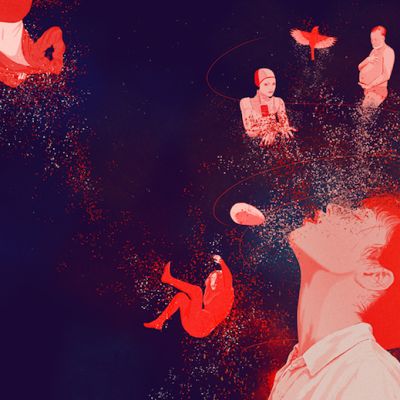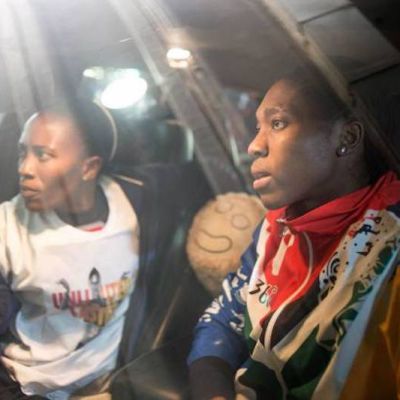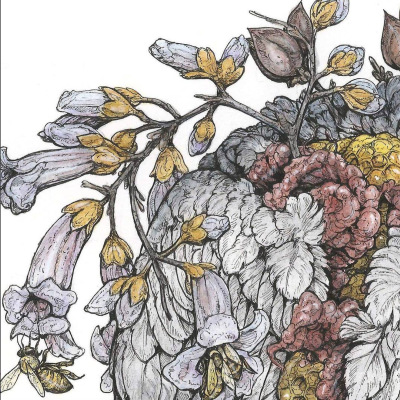boundaries and sexuality
Consent cannot be a singular lesson plan. We need to reimagine the ways in which consent can be integrated into our curriculum content, conversations, and how we role-model it.
The boundaries are the most interesting bits. No definitions can be identified without them, and yet they themselves remain in a state of flux – neither here nor there, neither this nor that, but both, all, nothing, and so much more. None can stake their claim on the borderland; it is unseizable, enigmatic, most ungraspable. In its ambiguity it has the power to comfort the outlier at its best, and at its worst, leave bereft those who seek refuge in the absolute.
I wanted to explore how sexuality and boundaries come together or work tangentially in a psychoanalytic clinic through the lens of the therapist, and understand how and why it may or may not be different from patient to patient.
When colours spill across, when a little bit of the red house-paint spills into the blue sky, or the brown door seems to meld in with the green grass, we see ‘errors’ that must be corrected in another attempt to preserve the perfect order of that emergent world.
I was 30 years old when memories of the sexual abuse I experienced as a child flooded my conscious thoughts. I was sitting in a session with a client – I am a mental health professional – when suddenly, a memory of playing hide-and-seek made its way out of my subconscious mind.
In 1994, Delhi boy Nishit Saran left home to study filmmaking at Harvard University. By 1999 he had made the searing Summer in My Veins, capturing on camera his own trepidation at coming out to his mother. It is an important, lovely and poignant film.
The concept of boundaries has become mixed up with the concept of being bound in a this-far-and-no-further way. They have become enclosures, aquariums, cages built for those who inhabit them, but not necessarily built by them.







